Birch Wood
- September 18, 2023
- 0 comment
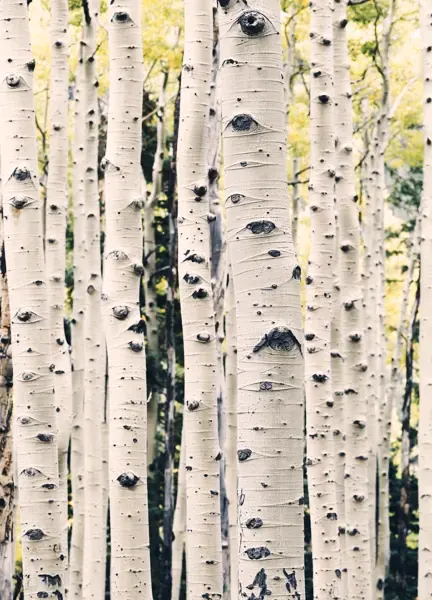
Birch wood comes from various species of trees in the Betula genus, which includes species like the white birch (Betula papyrifera), yellow birch (Betula alleghaniensis), and silver birch (Betula pendula). These trees are known for their slender trunks, relatively small to medium size, and distinctive bark. Birch wood is a hardwood, which means it is derived from deciduous trees with broad leaves and is known for its durability.
Color
Birch wood is known for its pale to light brown color. The heartwood, which is the older, inner part of the tree, tends to be darker than the sapwood, which is the younger, outer part. The color of birch wood can vary slightly depending on the specific species and the region it is sourced from.
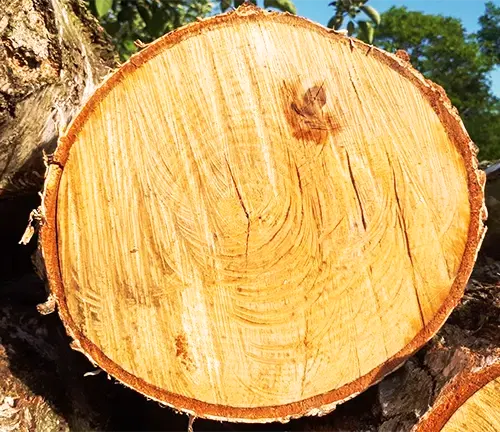
Texture
The texture of birch wood is fine and even. It has a smooth surface when sanded and finished. This fine grain and even texture make it a popular choice for woodworking, cabinetry, and furniture making.
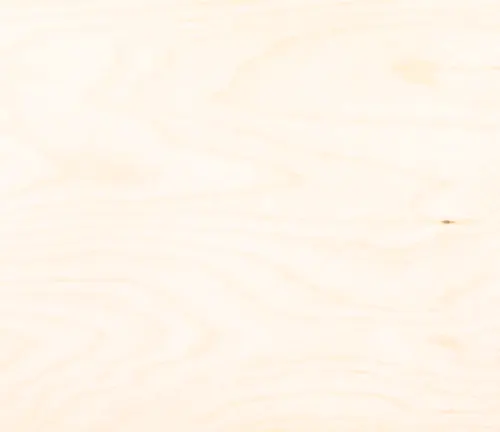
Leaves
Birch trees have simple, serrated leaves that are typically ovate or triangular in shape. The leaves are bright green in spring and summer, providing a lush appearance to the tree. In the fall, they turn yellow or golden before dropping, creating a striking contrast.
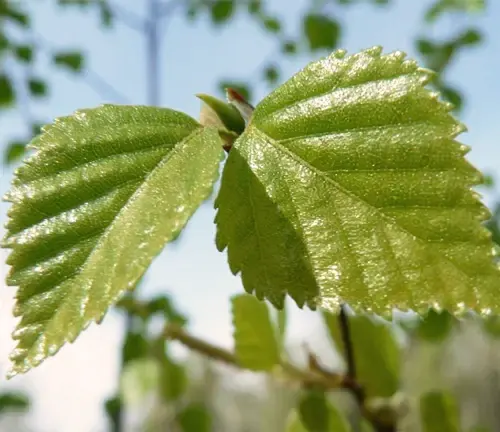
Flower
Birch trees produce catkins, which are cylindrical clusters of flowers. They are typically separate male and female catkins. Male catkins are long and pendulous, releasing pollen into the wind to fertilize the female catkins. The female catkins are smaller and upright. These catkins appear in spring before the leaves, and their appearance varies slightly among different birch species.
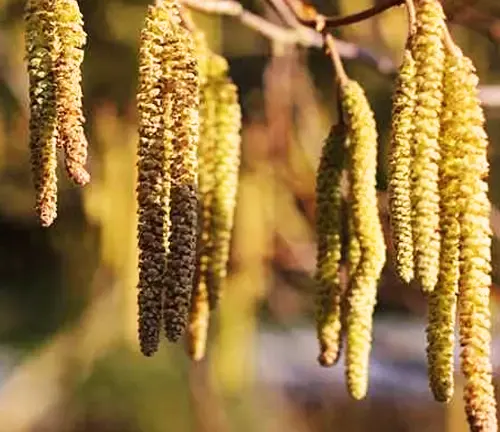
Bark
One of the most distinctive features of birch trees is their bark. Birch bark is usually white, silver, or gray, and it often peels or flakes in papery sheets. This characteristic peeling bark is not only visually appealing but also serves to protect the tree from pests and environmental stressors.
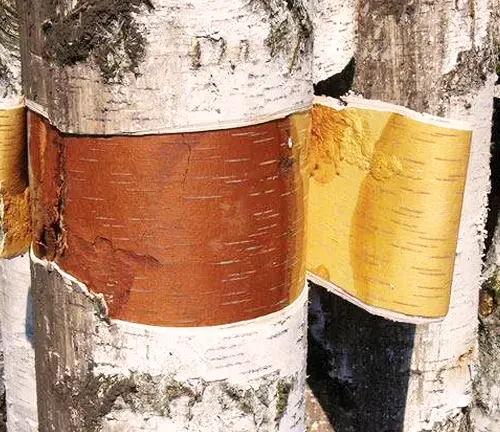
Seed
Birch trees produce small, winged seeds known as samaras or “birch seeds.” These seeds are often carried by the wind, allowing the tree to disperse its seeds over a wide area.
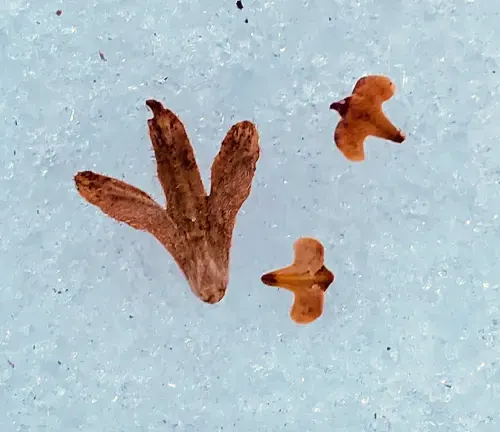
Growth
Birch trees are relatively fast-growing compared to many other hardwoods. Depending on the specific species, they can reach maturity in 40 to 50 years. Birch trees are adaptable and can grow in a variety of soil conditions, making them a common sight in different regions.
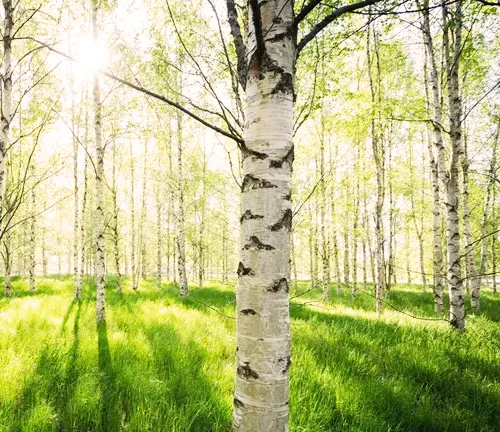
Cost
The cost of birch wood is subject to various factors that can lead to price variations. Firstly, the wood grade plays a pivotal role, as higher-quality birch wood with fewer knots and defects typically commands a higher price. Secondly, different birch species may come with distinct price tags due to variations in wood characteristics. Furthermore, the local availability of birch wood in your region can impact prices, with scarcity often driving up costs. Lastly, the state of the wood, whether it’s finished and processed for products like furniture or flooring, or in its rough, unfinished lumber form, can also influence the price. To determine accurate pricing and availability, it is advisable to consult with local suppliers or lumberyards in your area.
Common Pests & Diseases
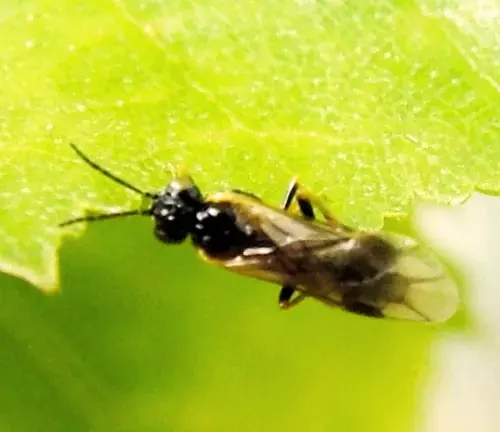
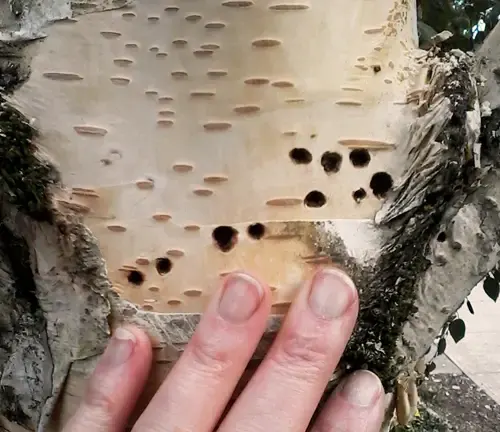
Birch trees are vulnerable to an array of pests and diseases that can detrimentally affect their health and appearance. Among these threats, the Bronze Birch Borer poses a significant danger, as it burrows into the wood beneath the bark, causing extensive damage that can result in dieback, yellowing leaves, and, ultimately, tree mortality if left untreated. Additionally, the Birch Leafminer, a small insect, lays its eggs within birch leaves, creating unsightly, blotchy, and discolored areas on the foliage, although it typically doesn’t prove fatal to the tree. Birch Dieback, on the other hand, stems from a variety of factors, including fungal diseases, environmental stressors, and pests, resulting in branch dieback, reduced growth, and an overall decline in the tree’s vitality. Furthermore, Powdery Mildew can afflict birch trees, leading to the development of a white, powdery substance on the leaf surface, detracting from the tree’s visual appeal but generally not proving fatal. Lastly, the complex syndrome known as the Yellow Birch Decline involves multiple stressors, such as pests like the birch leafminer and environmental factors like drought and pollution, which collectively contribute to the gradual deterioration of yellow birch trees. Proper tree care and management practices are essential to mitigate the impact of these pests and diseases.
Different Types of Birch Wood
- Paper Birch (Betula papyrifera): Paper birch is one of the most well-known birch species, celebrated for its distinctive white or creamy-white bark that peels away in thin layers, resembling paper. The wood of paper birch is characterized by its pale color and fine grain, making it a popular choice for furniture, cabinetry, and plywood.
- Yellow Birch (Betula alleghaniensis): Yellow birch distinguishes itself with golden-yellow to reddish-brown bark that doesn’t peel like paper birch. The wood of the yellow birch is notably strong and hard, lending itself to applications such as flooring, cabinets, and tool handles. Its pleasant grain pattern adds to its appeal.
- River Birch (Betula nigra): River birch showcases reddish-brown to cinnamon-colored bark that peels in curly papery sheets, a unique feature among birch species. While its wood is generally considered less valuable, it still finds use in various woodworking applications.
- Silver Birch (Betula pendula): Native to Europe, silver birch is distinguished by its silvery-white bark with black fissures. Although it’s not as commonly used in woodworking as some other birch species, it can be employed for crafting furniture, veneer, and decorative items.
- Sweet Birch (Betula lenta): Sweet birch stands out with dark reddish-brown to blackish bark that doesn’t peel, emitting a strong wintergreen scent when scratched. Its wood, known for its heaviness, strength, and fine grain, is a preferred choice for furniture, flooring, and cabinetry.
- Himalayan Birch (Betula utilis): Himalayan birch, as its name suggests, is native to the Himalayan region and features white bark. While it may not be as prevalent in woodworking compared to other birch species, it still offers versatility and can be used for various purposes.
FAQs
- Is birch wood the same as pine or oak?
No, birch wood is distinct from pine and oak. It comes from birch trees, which have unique characteristics, including pale coloration, fine grain, and attractive peeling bark. Each wood type has its own set of qualities and uses. - What makes birch wood popular for furniture making?
Birch wood’s fine, even texture, and smooth surface make it popular for furniture making. It’s also relatively affordable compared to some other hardwoods, making it a preferred choice for crafting quality furniture. - Can you stain birch wood to a darker color?
Yes, you can stain birch wood to achieve a darker color. However, due to its pale natural color, it may require multiple coats of stain to achieve the desired shade. Testing different stain colors on a small sample is recommended to get the desired result. - Is birch wood sustainable and environmentally friendly?
Birch wood can be a sustainable choice if harvested responsibly. Sustainable forestry practices, such as replanting harvested trees, can ensure the long-term viability of birch forests. Look for certification labels like FSC (Forest Stewardship Council) to identify responsibly sourced birch wood products. - Why does birch wood have such distinctive bark?
Birch trees have distinctive white, silver, or gray bark that peels or flakes in papery sheets. This unique bark not only provides protection against pests and environmental stress but also contributes to their aesthetic appeal. - What are some creative uses for birch wood beyond furniture?
Birch wood is versatile and can be used for a variety of purposes, including cabinetry, flooring, plywood, veneer, cutting boards, and decorative items like picture frames and lampshades. - Are all birch trees the same, or are there different types of birch wood?
There are several species of birch trees, each with its own unique characteristics. Common species include white birch, yellow birch, and silver birch. These species may have variations in color, grain, and hardness, which can influence their suitability for different applications. - Can birch wood be used for outdoor projects?
Birch wood is not the best choice for outdoor projects because it is not naturally resistant to decay and moisture. It is more commonly used for indoor applications where it is protected from the elements. - How can I maintain the appearance of birch wood furniture over time?
To maintain birch wood furniture, regularly dust it and use a wood cleaner specifically designed for hardwoods. Avoid exposing it to direct sunlight for prolonged periods, as this can cause color fading. Using coasters and placemats to protect the surface from moisture and heat is also recommended. - Can birch wood be used for DIY woodworking projects?
Yes, birch wood is a popular choice for DIY woodworking projects due to its ease of workability. Whether you’re crafting small items or larger pieces, birch wood can be a rewarding material to work with for woodworkers of various skill levels.
In conclusion, birch wood stands as a versatile and captivating material in the realm of woodworking and craftsmanship. Its pale elegance, fine grain, and distinctive bark make it a preferred choice for furniture, cabinetry, and various creative projects. As you embark on your woodworking journey with birch wood, remember to explore its unique qualities, experiment with stains and finishes, and embrace the beauty that this hardwood has to offer. Whether you’re crafting functional pieces or creating artistic expressions, birch wood invites you to discover the artistry within its natural elegance. Happy crafting!


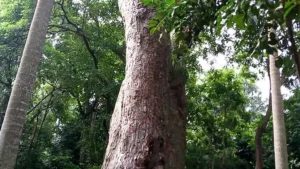
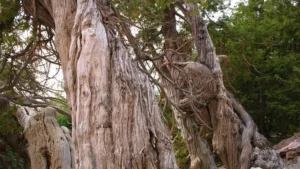
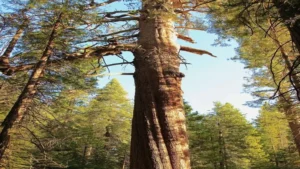
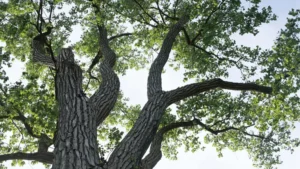
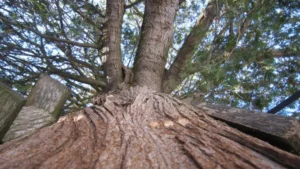

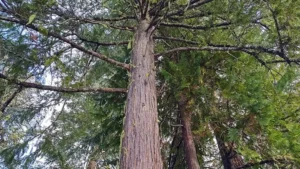
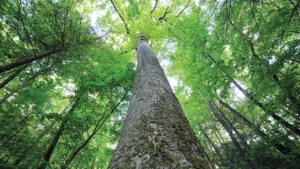
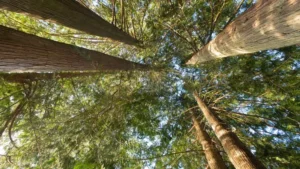
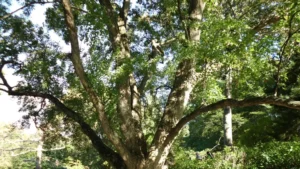
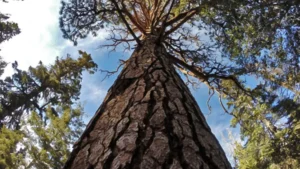
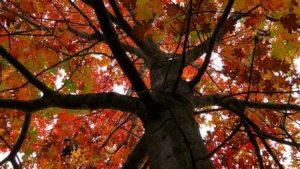
Leave your comment